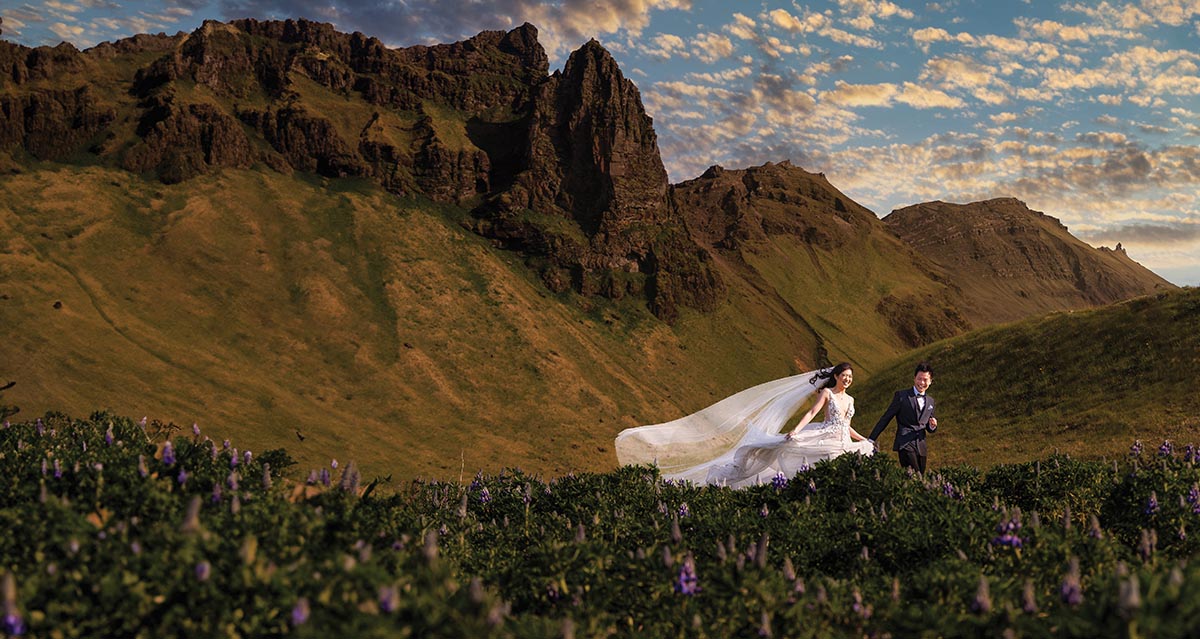When a photogapher reaches a certain level, it’s tempting for others to explain away the quality of their images by pointing to the high production level, the stunning locations, the gorgeous subjects. Beautiful people in gorgeous settings lend themselves to beautiful images, but photographers can’t always count on having ideal elements at their disposal. More often, you work with what you have, make the best out of less-than-ideal situations. The ability to adapt on the fly may be the best predictor of a photographer’s success.
Will Cadena understands this as well as anyone. A well-regarded photographer for well-known people, the New York-based Cadena does a mix of commercial, portrait, and wedding photography for high-profile clients. But that wasn’t always the case. He had to work his way up like anyone else, making the most of every situation presented to him along the way.
“When people look at my work, they often say things like, ‘Oh, well, you have these beautiful clients and these amazing locations. You do stuff at The Plaza Hotel. You have clients that fly in on helicopters. Of course you have great work,” says Cadena. “But I wouldn’t have gotten to that level if I didn’t know how to work mediocre venues under difficult circumstances on tight budgets. Take advantage of what you have. Stop with the excuses. Embrace what you have in front of you and create something from nothing.”
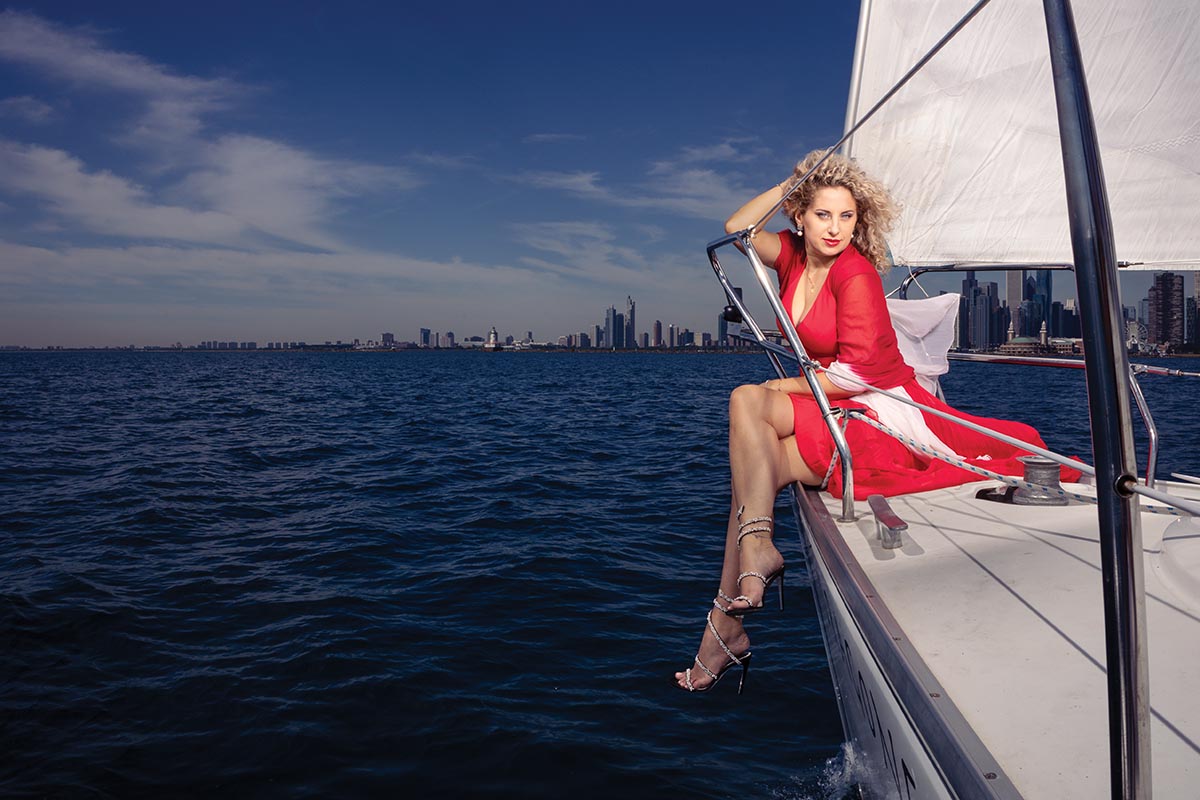
READY FOR ANYTHING
To remain prepared for any situation that comes his way, Cadena trains regularly at his craft, at least once a week for a minimum of two hours. He practices lighting, works on new approaches to creative image making, rehearses improvisational photography with whatever items are at hand.
He also trains his team to be primed for anything by throwing worst-case scenarios at them to see how they’ll adapt. “We need to be able to create amazing imagery when we’re under pressure because that’s when many people fail,” he says. “We work on how to perform under the gun so we can get good results no matter what happens.”
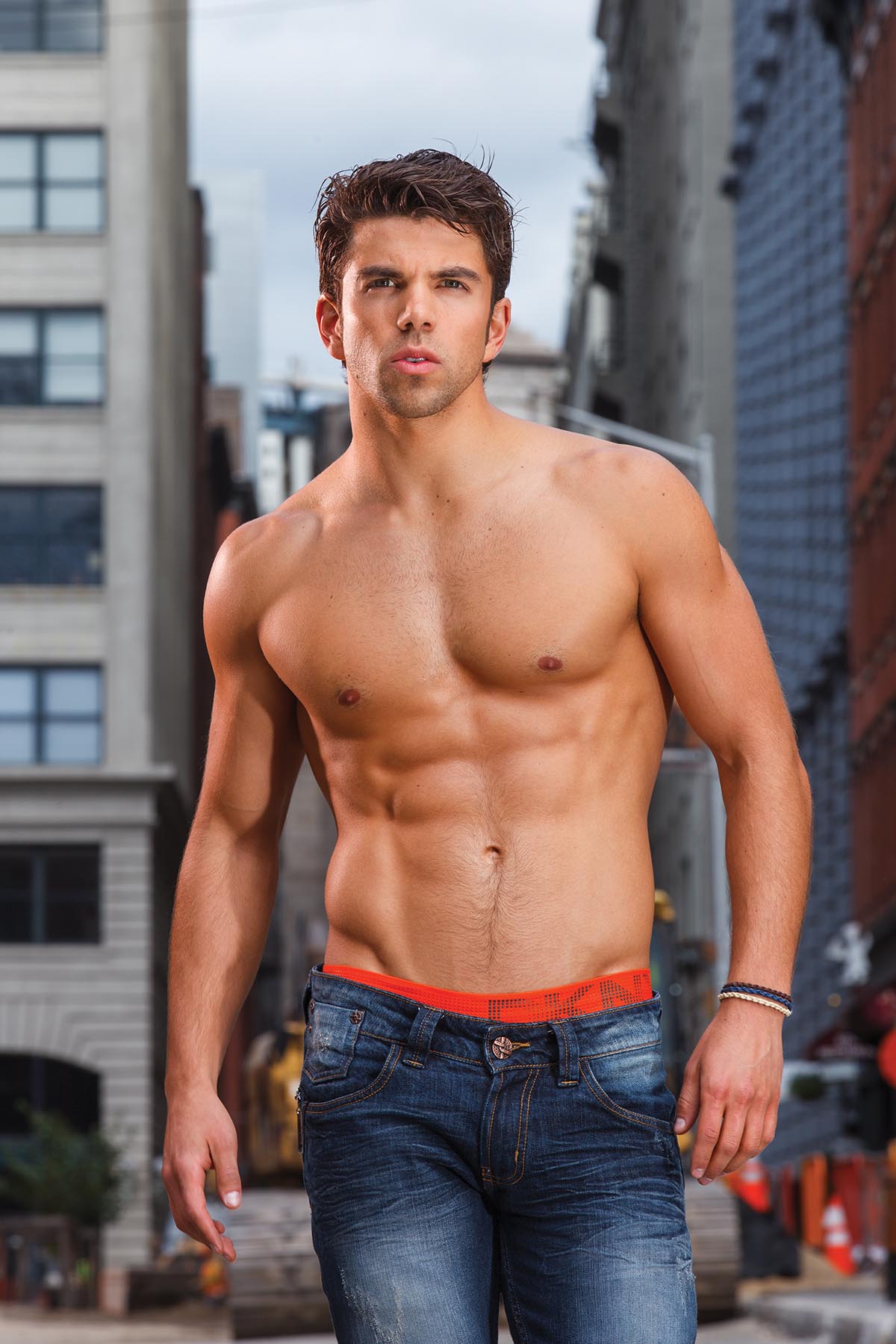
WORK IN ANY LIGHT
Lighting isn’t always ideal on location shoots. Inevitably, photographers end up working some sessions during the middle of the day under full sun. To account for this, Cadena often uses a handheld strobe to overpower the sunlight and eliminate dark shadows caused by strong overhead sun. He also employs butterfly lighting by shielding the subject with a large umbrella then adding a pop of supplemental light with an off-camera flash.
If those tools aren’t available, Cadena recommends moving subjects close to a tree line, or if trees aren’t available, a building. Shadows cast by trees or a building can shield the harsh overhead light and provide a more evenly lit setting. Look for reflections that can aim secondary light back up at the subject. This is easier in urban settings where reflections from windows or metal accents can sometimes serve as supplemental light sources.

FOLLOW LEADING LINES
Leading lines are not just a great compositional elment; they can also help save a session when you need to improvise. Cadena likes to share a story about a client who was two hours late to her engagement session, which pushed the shoot into a busy time of day in the urban location they’d chosen. Since the client wanted portraits without a lot of people in the background, Cadena had to think fast. He found an alleyway where there was good light and strong leading lines that created an interesting backdrop. The problem was the presence of a dumpster. Rather than ditching the scene, he moved his subjects a few feet to position them in the bottom third of the frame. In post-production, he cropped out the dumpster. He ended up with a fascinating composition with strong leading lines, great light, and no one in the background.
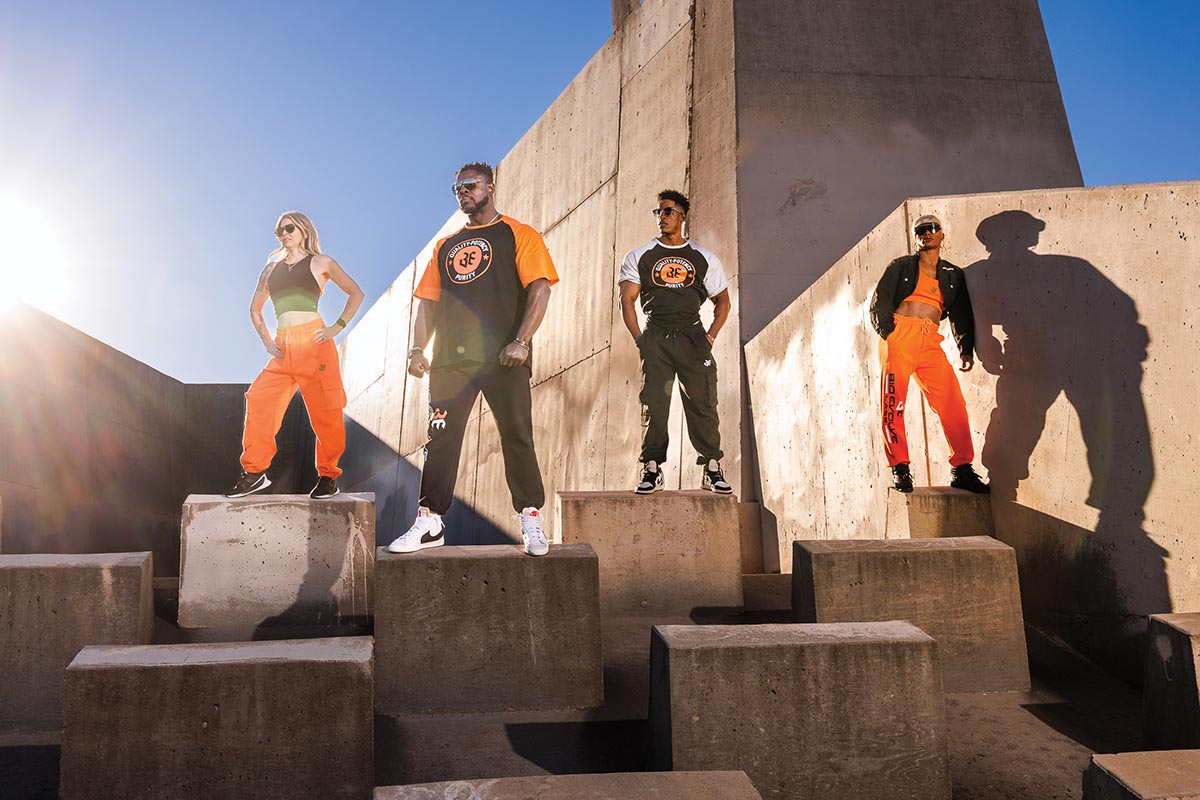
WORK THE SETTING
“Take the time to do some homework on your locations,” suggests Cadena. “It’s good to have some kind of a plan and a few backup plans because sometimes things hit the fan.”
Cadena scouts every location before scheduling a session. When possible, he visits them in person. If an in-person visit isn’t viable, Google Maps gives him a view of the area, and sun tracker apps show sun positions for the times of day he’s considering. With a good understanding of the scene and the lighting, he develops a plan specific to the location and to the light he anticipates at that time of day.
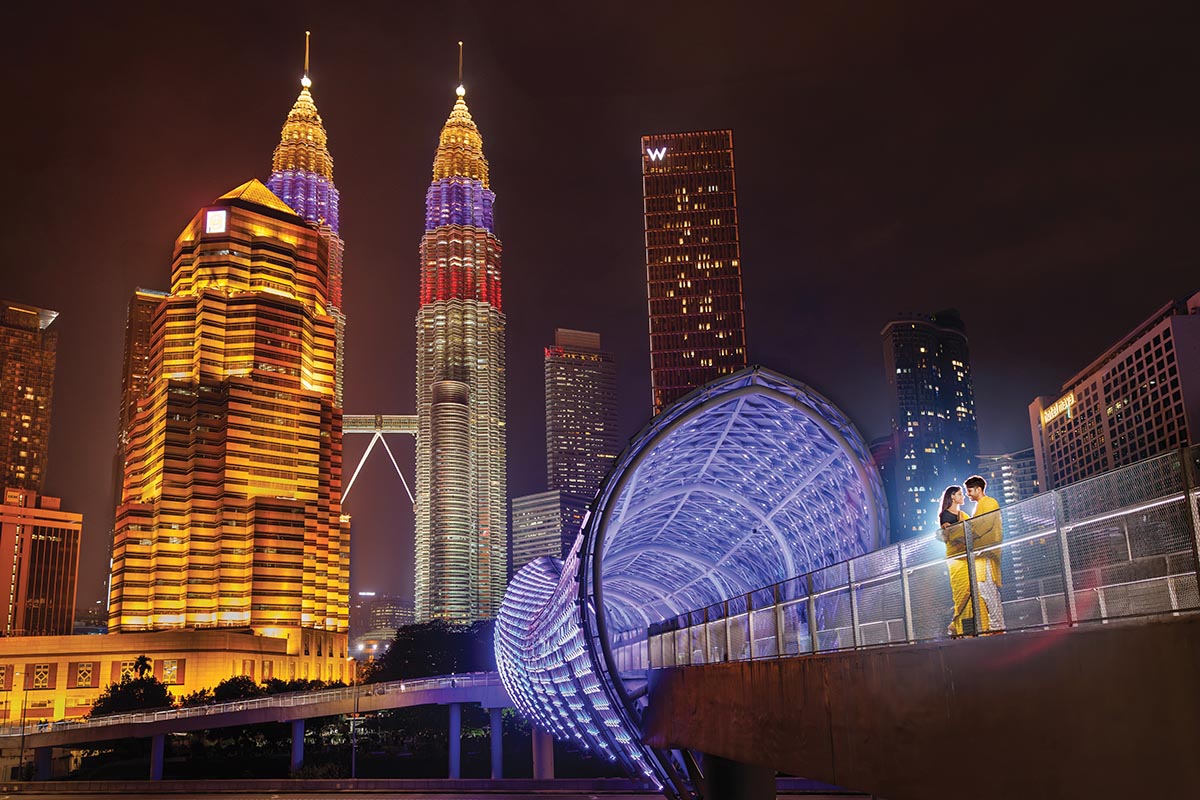
MAKE YOUR LOCATION
If you can’t use your ideal location, don’t settle for something subpar. Think of creative ways to stage the kind of location your clients want. This may involve photographing inside a studio with creative backdrops or renting a location that fits the bill. Cadena has staged sessions at rented penthouse apartments and suites with large, open balconies—perfect for an on-location feel. Photographers can also reserve scenic rental properties for the day to provide an idealized setting. To defray costs, try scheduling multiple sessions at the rented property to take full advantage of your temporary access. These options can be particularly useful when the weather turns bad, but people still want a scenic location shoot. They also allow photographers to offer a location portrait experience well into the darker, colder months without suffering in the elements.
“I used to do outdoor portrait shoots in December when it was freezing cold, and it became a nightmare,” recalls Cadena. “It also affected my sales because, again, it goes back to the experience. All the clients could remember about their sessions was how miserable they were during the shoots, and that affected how they viewed the images. So always create the best experience possible because that’s what they remember when they’re purchasing their images.”

DON’T MAKE EXCUSES
“There’s no reason to make excuses, especially when speaking with your clients,” says Cadena. The location may not be great. Maybe the client was late. Perhaps the lighting is difficult. But if you spend session time complaining about those elements or making excuses, you’re conjuring negativity into the situation that clients will feel. You’re also setting the expectation that the images won’t be great. “When you create a better experience, the client will see the images in a better light, and they’re going to associate that positive experience with the images.”
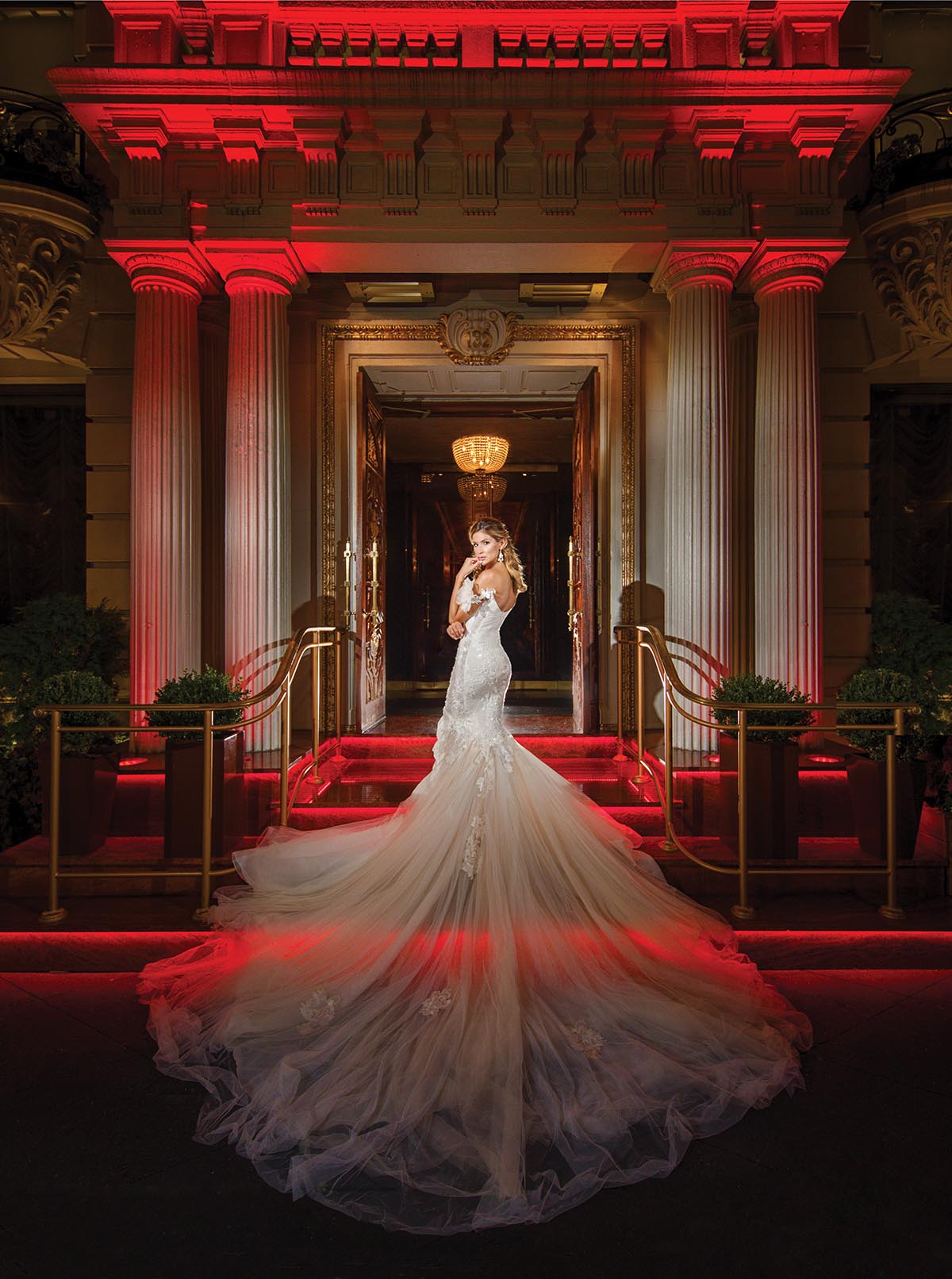
PLAN FOR LANDMINES
Making the most of every situation means preparing for whatever situation comes your way. Cadena jokes that for every session he has a plan A through Z outlined ahead of time, and the reality may not be far off.
“I have a friend who once told me, ‘You have to plan for the landmines,’” he says. “And it’s true; you have to plan for landmines, those things that could go wrong, because no matter how much you plan, you’re going to have curve balls thrown at you. That’s not just in photography; that’s part of life. The more planned options you can fall back on, the better off you’ll be.”
Jeff Kent is editor-at-large.

